2003-01-11 10:19
“On-Dock system, a disappearing story after 2000”
After 1997, the Port of Busan spread a broad extension project and secured more capacity to accommodate container cargoes.
However, it still showed just 49.4% in handling containers through the on-dock system out of total containers in 1999. (Actually, on-dock research in Korea was active in 2000, but there was no further research afterward because of objections from shipping companies, said an official in the Korea Shipper’s Council.) As a matter of fact, the Port of Busan suffered rather unfavorable conditions from the beginning. As the Port of Busan was first built over 120 years ago, it didn’t secure the space behind the harbor needed today. Narrow container yards within Busan port inevitably gave birth to Off-Dock Contain Yards (ODCY) and Yangsan ICD to take cargoes in.
However, newly built container terminals in the Port of Gwangyang and most container dedicated terminals in Busan such as Jasungdae, Shinsundae, Korea Express in Gamman terminal and Singamman terminal, now introduce On-Dock systems in their own terminals to attract shipping companies from elsewhere. According to the report released from the KCTA in 2000, 64.4% of export cargoes and 60% of import cargoes had to go through ODCYs. Only 35.6% of export cargoes and 39.2% of import cargoes could benefit from the service so called ‘from the shippers’ door directly to the Port of Busan’ and vice versa.
On-dock service saved 94.7 billion won under the ODCY systems annually since 1999. Some researchers suggested that current ODCYs next to the habour, which were permitted to operate until 2006 when Busan New Port opens, should have been incorporated into the terminal container yards (CY) to straighten logistic flows. It was not easy to accomplish due to complicated relations with the ODCY.
Benefiting from relatively spacious areas compared to other terminals, Shinsundae terminal succeeded in signing various shipping companies with its On-Dock service after first serving with OOCL in January 1999. When PECT, the Shinsundae terminal operation company, signed with Hapag-Lloyd on offering On-Dock service on November 4, 2001, it had already signed three other shipping companies, OOCL, APL and P&O Nedlloyd, to offer the service in its terminal and hoped to raise On-Dock shares to 60% in 2003. PECT handled 53% of cargoes through its On-Dock system as of the end of October 2002.
An insider from PECT said that the terminal is now in discussions with a few other shipping companies regarding its On-Dock service.
PECT was promoting the win-win advantages of the On-Dock service as saving costs for shipping company and securing stabilized cargoes, as well as enjoying profits for the terminal itself, which of course ensures the long term stability of the relationship. Leaving no room for doubt, the On-Dock Service has been giving lower rates to cargoes than cargoes through ODCYs, as it omits several logistics steps.
PECT said that it offered on-dock shipping companies annexed services including renewal of their free storage period, empty container storage, unified demurrage, Cargo Freight Station (CFS) works, dedicated workers for each shipping company, management of reefer containers and container repairing and cleaning, as well as loading and unloading.
However, it still showed just 49.4% in handling containers through the on-dock system out of total containers in 1999. (Actually, on-dock research in Korea was active in 2000, but there was no further research afterward because of objections from shipping companies, said an official in the Korea Shipper’s Council.) As a matter of fact, the Port of Busan suffered rather unfavorable conditions from the beginning. As the Port of Busan was first built over 120 years ago, it didn’t secure the space behind the harbor needed today. Narrow container yards within Busan port inevitably gave birth to Off-Dock Contain Yards (ODCY) and Yangsan ICD to take cargoes in.
However, newly built container terminals in the Port of Gwangyang and most container dedicated terminals in Busan such as Jasungdae, Shinsundae, Korea Express in Gamman terminal and Singamman terminal, now introduce On-Dock systems in their own terminals to attract shipping companies from elsewhere. According to the report released from the KCTA in 2000, 64.4% of export cargoes and 60% of import cargoes had to go through ODCYs. Only 35.6% of export cargoes and 39.2% of import cargoes could benefit from the service so called ‘from the shippers’ door directly to the Port of Busan’ and vice versa.
On-dock service saved 94.7 billion won under the ODCY systems annually since 1999. Some researchers suggested that current ODCYs next to the habour, which were permitted to operate until 2006 when Busan New Port opens, should have been incorporated into the terminal container yards (CY) to straighten logistic flows. It was not easy to accomplish due to complicated relations with the ODCY.
Benefiting from relatively spacious areas compared to other terminals, Shinsundae terminal succeeded in signing various shipping companies with its On-Dock service after first serving with OOCL in January 1999. When PECT, the Shinsundae terminal operation company, signed with Hapag-Lloyd on offering On-Dock service on November 4, 2001, it had already signed three other shipping companies, OOCL, APL and P&O Nedlloyd, to offer the service in its terminal and hoped to raise On-Dock shares to 60% in 2003. PECT handled 53% of cargoes through its On-Dock system as of the end of October 2002.
An insider from PECT said that the terminal is now in discussions with a few other shipping companies regarding its On-Dock service.
PECT was promoting the win-win advantages of the On-Dock service as saving costs for shipping company and securing stabilized cargoes, as well as enjoying profits for the terminal itself, which of course ensures the long term stability of the relationship. Leaving no room for doubt, the On-Dock Service has been giving lower rates to cargoes than cargoes through ODCYs, as it omits several logistics steps.
PECT said that it offered on-dock shipping companies annexed services including renewal of their free storage period, empty container storage, unified demurrage, Cargo Freight Station (CFS) works, dedicated workers for each shipping company, management of reefer containers and container repairing and cleaning, as well as loading and unloading.
많이 본 기사
- “연평균 12%씩 공급 증가” 원양항로 불확실성 고조‘한국조선해양 아버지’ 신동식 회장, 장보고대상 수상AI로 여객선 운항여부 3일후까지 내다본다한화엔진, 노르웨이 전기추진기업 인수…친환경선박사업 강화獨 하파크로이트, 4500TEU등 중소 컨선 22척 도입‘중국 물동량 호조’ 3분기 항만 컨실적 성장세 유지한국선급, 창립 65년만에 등록톤수 9천만t 돌파MSC그룹, 방글라데시 내륙터미널 운영권 확보중국 JJ쉬핑, 中日-태국항로 내년 1월 신설HD현대, 해운조선전문가들과 자율운항·사이버보안등 연구성과 공유
- 삼성重, 해상 소형원자로 상용화 속도…미국선급 인증받아디엠쉽핑, 인천해사高에 장학금 전달아시아나IDT, ‘첨단안전산업인의 밤’서 장관상·원장상 동시 수상HJ중공업, 해군서 3125억 규모 신형 고속정 4척 수주그린글로브라인, 2025 연례회의 개최…업무 현황 점검부산초량왜관연구회, 대일 외교관 순국 영령 추모제 열어인사/ 인천항만공사中 광저우항, 누계 해운철도복합운송량 100만TEU 돌파팬스타그룹, 연말연시 맞아 해돋이·불꽃쇼등 크루즈 이벤트 진행인천항만공사, 지역농산물 활용 취약계층 식생활 개선 도와
스케줄 많이 검색한 항구





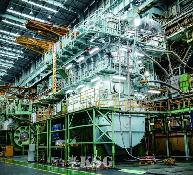

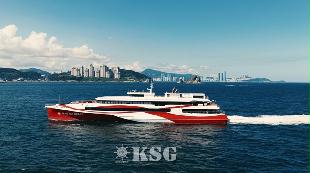

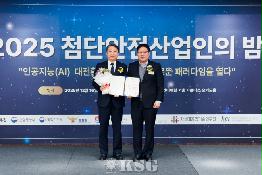
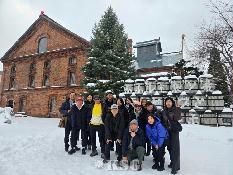


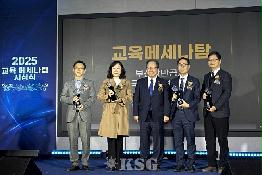


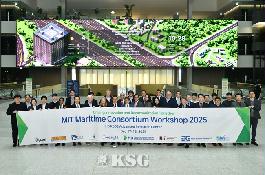
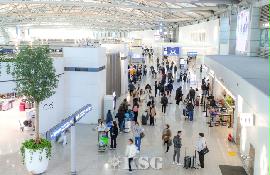



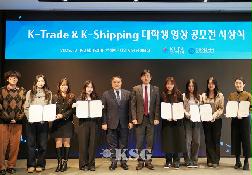

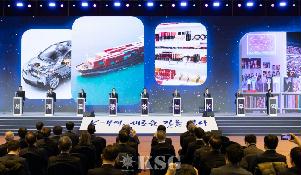


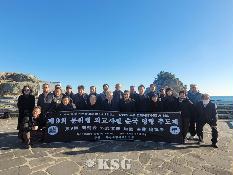

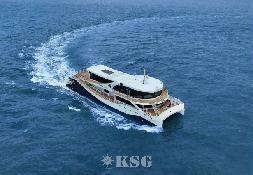
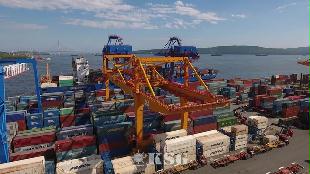
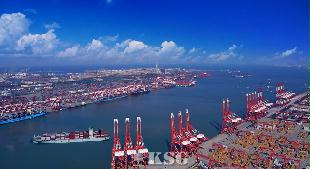
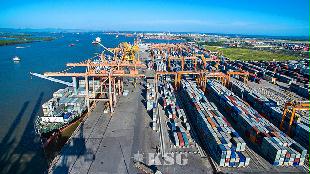
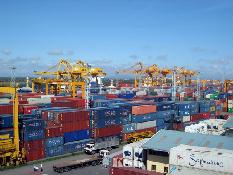








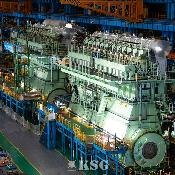
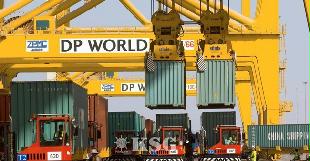


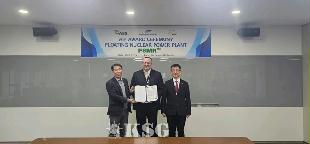





















0/250
확인